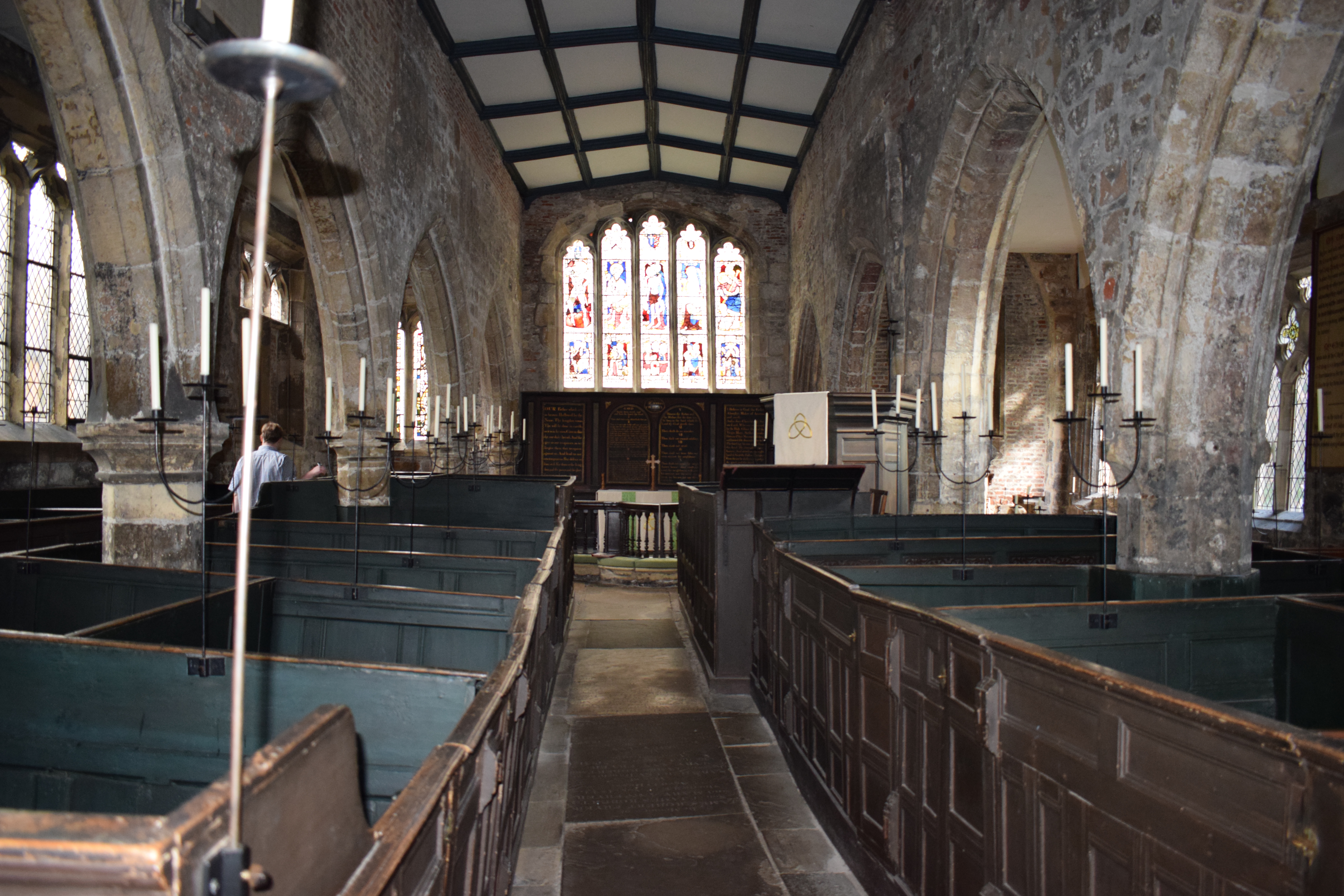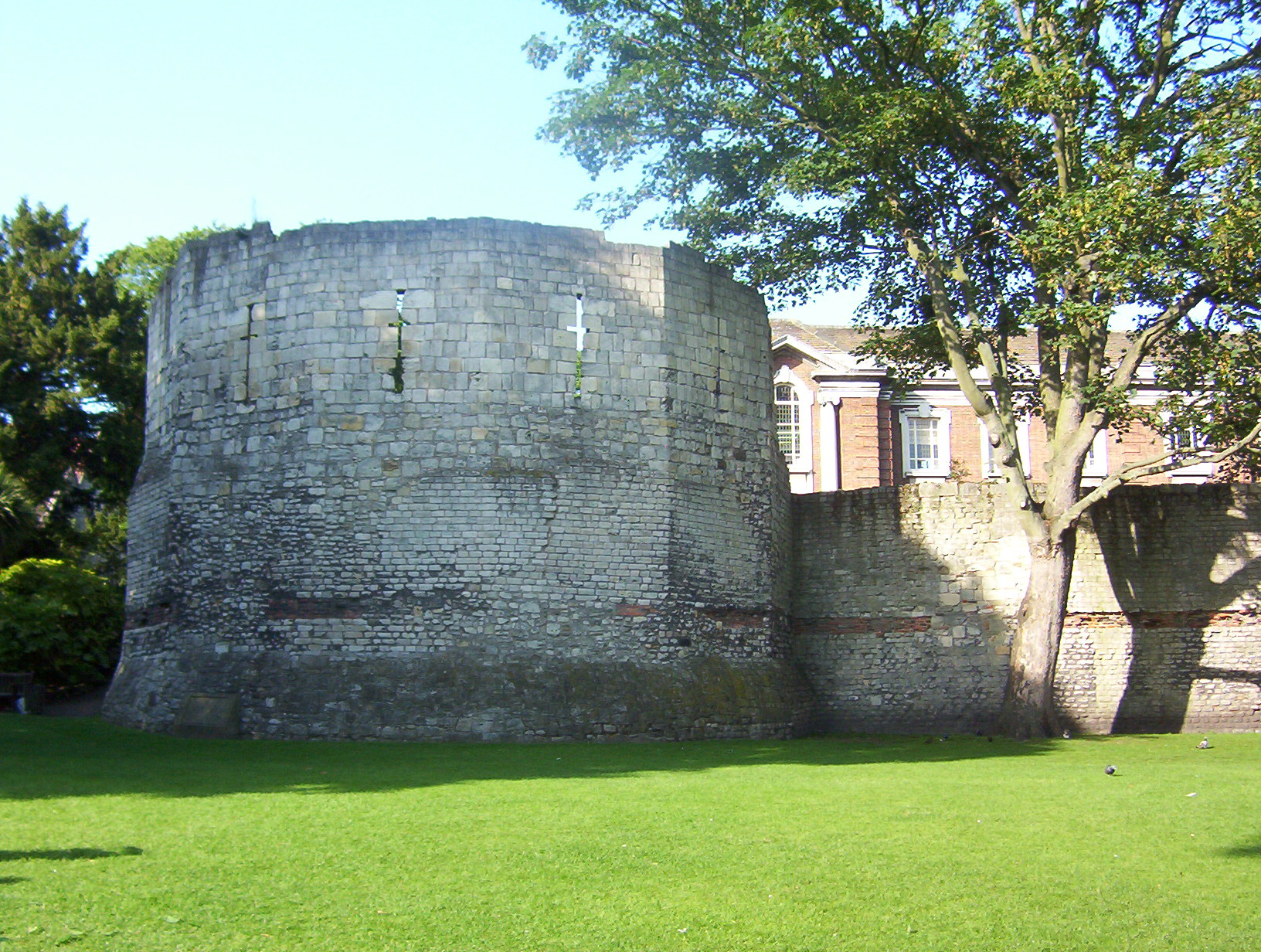|
Chapter House Street
Chapter House Street is a street in the city centre of York, England, connecting Ogleforth and Minster Yard. History The street follows the route of the ''via decumana'' of Roman Eboracum. It is believed to have been the main route into York from the north-east until about 1330, when Monk Bar was constructed and the access through the York city walls stopped up. The road was then regarded as part of Ogleforth. It lay within the walls of the Minster Close, constructed in the 13th century.Houses: Chapter House Street-Coppergate – The parsonage of St John-del-Pyke lay on the street, a ... [...More Info...] [...Related Items...] OR: [Wikipedia] [Google] [Baidu] |
York Minster
The Cathedral and Metropolitical Church of Saint Peter in York, commonly known as York Minster, is the cathedral of York, North Yorkshire, England, and is one of the largest of its kind in Northern Europe. The minster is the seat of the Archbishop of York, the third-highest office of the Church of England (after the monarch as Supreme Governor and the Archbishop of Canterbury), and is the mother church for the Diocese of York and the Province of York. It is run by a dean and chapter, under the Dean of York. The title " minster" is attributed to churches established in the Anglo-Saxon period as missionary teaching churches, and serves now as an honorific title; the word ''Metropolitical'' in the formal name refers to the Archbishop of York's role as the Metropolitan bishop of the Province of York. Services in the minster are sometimes regarded as on the High Church or Anglo-Catholic end of the Anglican continuum. The minster was completed in 1472 after several centuries ... [...More Info...] [...Related Items...] OR: [Wikipedia] [Google] [Baidu] |
Holy Trinity, Goodramgate
Holy Trinity Church, on Goodramgate in York, is a Grade I listed former parish church in the Church of England in York and is in the care of the Churches Conservation Trust. History The church dates from the 12th century. The south east chapel is 13th century, and the south aisle and south arcade date from the 14th century. It was enlarged in 1823 when the north side was rebuilt. The south porch was added in 1849. The condition of the building was poor by 1882 and regular worship was suspended for over 50 years until 1937 when restoration work was completed. The oak rafters were renewed and the roof was restored. The pier supporting the arches between the nave and north aisle were underpinned with concrete, and the decaying stonework on the south aisle walls was renewed. Parish status The church was declared redundant on 29 June 1971, and was vested in the care of the Churches Conservation Trust on 7 November 1972. A restoration was carried out between 1973 and 1974. Memoria ... [...More Info...] [...Related Items...] OR: [Wikipedia] [Google] [Baidu] |
Grays Court, York
Grays Court is a Grade I listed house in York, England. The house is within the city walls near York Minster. Dating back in part to 1080 and commissioned by the first Norman Archbishop of York to provide the official residence for the Treasurers of York Minster. History The house was surrendered to the Crown on 26 May 1547 and William Cliffe, the last of the medieval Treasurers, was made dean of Chester. The first post-Reformation owner was Edward Seymour, Duke of Somerset. He was given the house in 1547 by Edward VI, the son of Henry VIII. The Sterne Room was built in mid 18th century for Jaques Sterne, Precentor and Canon Residentiary of the Minster and uncle of Laurence Sterne. The marble plaque on the fireplace is of Augusta, wife of Frederick, Prince of Wales, and mother of George III. The house became "Gray's Court" when William and Faith Gray moved into the house in Minster Yard in 1788. Life at the house was recorded by Faith Gray who was a keen diarist but she als ... [...More Info...] [...Related Items...] OR: [Wikipedia] [Google] [Baidu] |
National Trust
The National Trust, formally the National Trust for Places of Historic Interest or Natural Beauty, is a charity and membership organisation for heritage conservation in England, Wales and Northern Ireland. In Scotland, there is a separate and independent National Trust for Scotland. The Trust was founded in 1895 by Octavia Hill, Sir Robert Hunter and Hardwicke Rawnsley to "promote the permanent preservation for the benefit of the Nation of lands and tenements (including buildings) of beauty or historic interest". It was given statutory powers, starting with the National Trust Act 1907. Historically, the Trust acquired land by gift and sometimes by public subscription and appeal, but after World War II the loss of country houses resulted in many such properties being acquired either by gift from the former owners or through the National Land Fund. Country houses and estates still make up a significant part of its holdings, but it is also known for its protection of wild land ... [...More Info...] [...Related Items...] OR: [Wikipedia] [Google] [Baidu] |
Treasurer's House, York
The Treasurer's House in York, North Yorkshire, England, is a Grade I listed historic house owned by the National Trust, who also maintain its garden. It is located in Minster Yard, directly to the north of York Minster. History The first Treasurer for York Minster was appointed in 1091 when the office was established by Archbishop of York Thomas of Bayeux, but all that remains of his original house is an external wall which forms part of Grays Court and sections of 12th-century masonry in the present Treasurer's House for which it is uncertain whether they are in-situ or have been reused. As the controller of the finances of the Minster the Treasurer required a grand residence to be able to entertain important guests. The residence served in this capacity until 1547, when the Reformation of the English Church brought the job of Treasurer to an end. The last Treasurer surrendered the house to the crown on 26 May and it was granted to Protector Somerset by whom it was sold t ... [...More Info...] [...Related Items...] OR: [Wikipedia] [Google] [Baidu] |
Minster Court
Minster Court is a Grade II* listed group of buildings lying off Minster Yard, in the city centre of York in England. History The complex consists of four houses, on three sides of a courtyard: number 1 in the north-west wing, numbers 2 and 2A in the north-east range, and number 3 in the south-east wing. There was formerly a fourth range, almost surrounding the courtyard, but that was demolished in the 1820s. In the 1850s, the building was purchased by Robert Corbet Singleton. accessed 24 November 2012 More recently, it has been used as housing for people connected with nearby |
Royal Commission On Historic Monuments
The Royal Commission on the Historical Monuments of England (RCHME) was a government advisory body responsible for documenting buildings and monuments of archaeological, architectural and historical importance in England. It was established in 1908 (shortly after the parallel commissions for Royal Commission on the Ancient and Historical Monuments of Scotland, Scotland and Royal Commission on the Ancient and Historical Monuments of Wales, Wales); and was merged with English Heritage in 1999. The research section and the archive are now part of Historic England. History The Royal Commission was established in 1908, twenty-six years after the passage of the Ancient Monuments Protection Act 1882, which provided the first state protection for ancient monuments in the United Kingdom, and eight years after the passage of the wider-ranging Ancient Monuments Protection Act 1900. Critics, including David Murray in his ''Archaeological Survey of the United Kingdom'' (1896) and Gerard Baldwi ... [...More Info...] [...Related Items...] OR: [Wikipedia] [Google] [Baidu] |
British History Online
''British History Online'' is a digital library of primary and secondary sources on medieval and modern history of Great Britain and Ireland. It was created and is managed as a cooperative venture by the Institute of Historical Research, University of London and the History of Parliament Trust. Access to the majority of the content is free, but other content is available only to paying subscribers. The content includes secondary sources such as the publications of The History of Parliament, the Royal Commission on the Historical Monuments of England, the Calendar of Close Rolls The Close Rolls () are an administrative record created in medieval England, Wales, Ireland and the Channel Islands by the royal chancery, in order to preserve a central record of all letters close issued by the chancery in the name of the Crown. ..., '' Survey of London'' and the '' Victoria County History''; and major published primary sources such as '' Letters and Papers of the Reign of Henry ... [...More Info...] [...Related Items...] OR: [Wikipedia] [Google] [Baidu] |
York
York is a cathedral city with Roman Britain, Roman origins, sited at the confluence of the rivers River Ouse, Yorkshire, Ouse and River Foss, Foss in North Yorkshire, England. It is the historic county town of Yorkshire. The city has many historic buildings and other structures, such as a York Minster, minster, York Castle, castle, and York city walls, city walls. It is the largest settlement and the administrative centre of the wider City of York district. The city was founded under the name of Eboracum in 71 AD. It then became the capital of the Roman province of Britannia Inferior, and later of the kingdoms of Deira, Northumbria, and Jórvík, Scandinavian York. In the Middle Ages, it became the Province of York, northern England ecclesiastical province's centre, and grew as a wool-trading centre. In the 19th century, it became a major railway network hub and confectionery manufacturing centre. During the Second World War, part of the Baedeker Blitz bombed the city; it ... [...More Info...] [...Related Items...] OR: [Wikipedia] [Google] [Baidu] |
Minster Close
The Minster Close or Minster Precinct is the area surrounding York Minster. It first appeared in records from the late 13th century, when a wall was constructed around it.Minster Close – Access to the Minster Close was through one of four gates, on Lop Lane, , College Street and |
York City Walls
York has, since Roman times, been defended by walls of one form or another. To this day, substantial portions of the walls remain, and York has more miles of intact wall than any other city in England. They are known variously as York City Walls, the Bar Walls and the Roman walls (though this last is a misnomer as very little of the extant stonework is of Roman origin, and the course of the wall has been substantially altered since Roman times). The walls are generally 13 feet (4m) high and 6 feet (1.8m) wide. History Roman walls The original walls were built around 71 AD, when the Romans erected a fort ( castra) occupying about 50 acres or 21.5 hectares near the banks of the River Ouse. The rectangle of walls was built as part of the fort's defences. The foundations and the line of about half of these Roman walls form part of the existing walls, as follows: *a section (the west corner, including the Multangular Tower) in the Museum Gardens *the north-west and nort ... [...More Info...] [...Related Items...] OR: [Wikipedia] [Google] [Baidu] |







